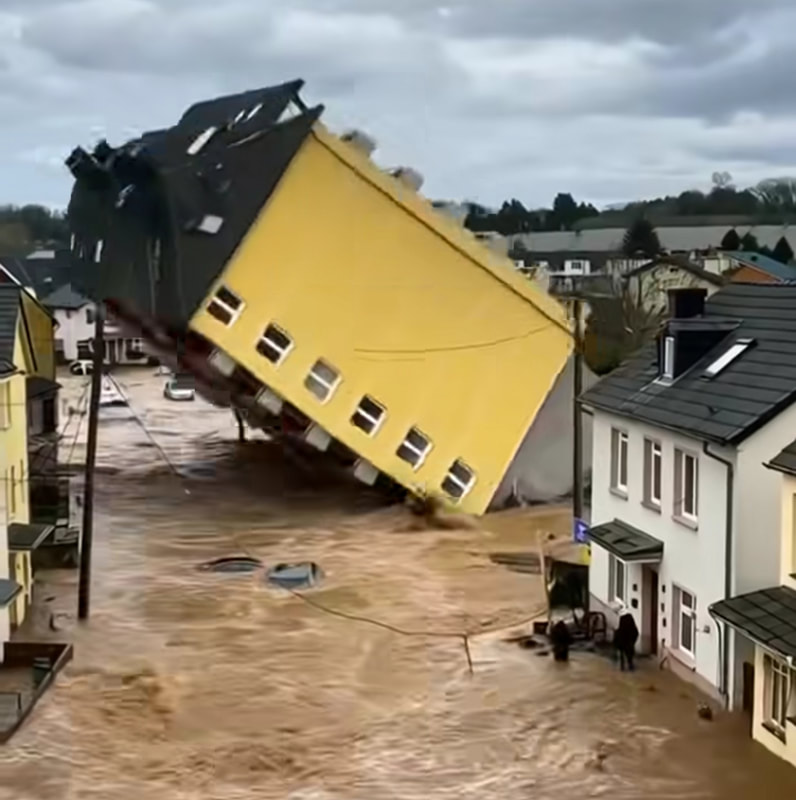The USGS reported at least eight significant aftershocks following the main earthquake, two of which exceeded magnitude 6.0. These tremors serve as a stark reminder of the ongoing seismic activity in the region and the need for continued vigilance. Scientists and emergency teams are closely monitoring the situation, advising residents to be prepared for potential additional tremors in the coming hours.
Despite the quake’s strength, there have been no immediate reports of casualties or major structural damage. Local authorities are urging communities in coastal areas to remain cautious, keep emergency kits ready, and follow official instructions for evacuation if necessary. Fishing villages and remote communities along the Alaskan coast are being particularly monitored due to their vulnerability to tsunami waves.
Historically, Alaska sits along the Pacific “Ring of Fire,” making it one of the most seismically active regions in the United States. Experts note that earthquakes of this magnitude, while rare, are part of the region’s natural activity and can produce aftershocks and tsunamis that travel long distances.
Residents and travelers are encouraged to stay informed through trusted sources such as the USGS, the National Tsunami Warning Center, and local authorities. Emergency preparedness remains critical, especially for those living near low-lying coastal areas or near fault lines.
🌊 Did you feel the quake or see the tsunami sirens? Share your experience and thoughts in the comments below — and stay tuned for live updates as this story unfolds.

